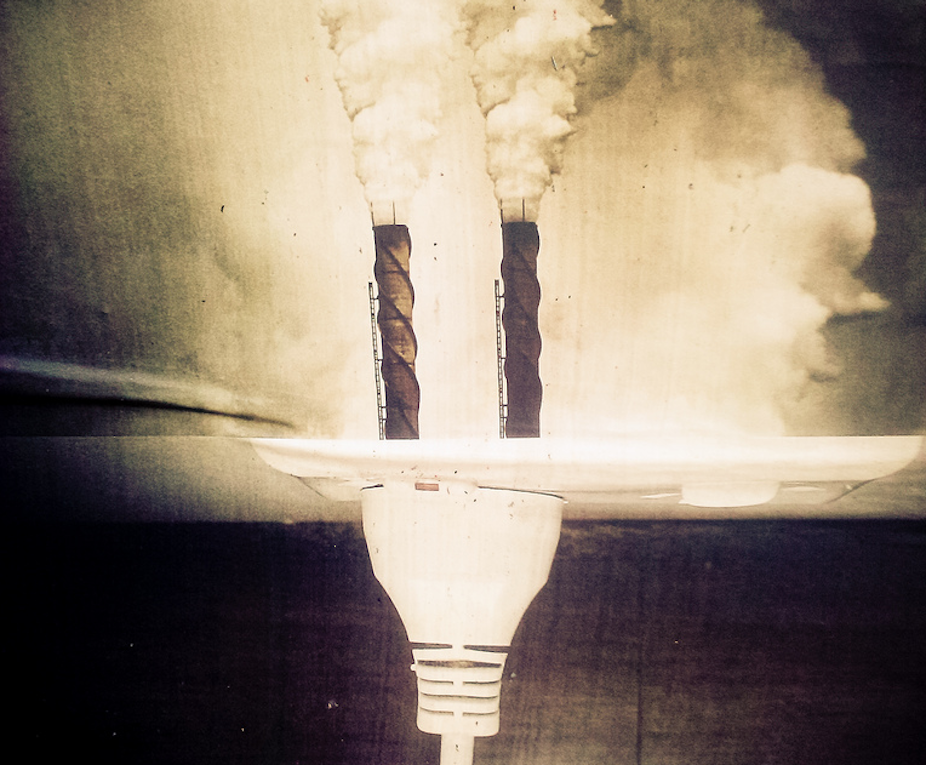The decision to link the Australia’s carbon price to the European Union emissions trading scheme has wiped A$6 billion from the federal budget. Treasurer Wayne Swan has dealt with that loss of revenue by reducing industry assistance to deal with the carbon price - a reasonable move - but he has also deferred funding for important renewable energy development.
The carbon price estimates for 2015-16 have been revised from A$29/tonne to A$12.10/tonne to reflect the collapse in the European carbon price. Given that the European Emission Allowances are currently trading at €3.30/tonne (A$4.30/tonne), with no recovery in sight, this may still be an optimistic revision.
So key components of the Clean Energy Future package have been revised to reflect the changing prices. These aim to “better match spending with the collection of revenue from the carbon price”.
Industry assistance for adjusting to the carbon price has been reduced by around A$3.9 billion over the forward estimates. This seems a prudent decision given the lower carbon-related costs the industries will face (though arguably, this “industry assistance” was excessive in the first place).
Less welcome is the cut to the budget of the Australian Renewable Energy Agency (ARENA) over the next four years. ARENA has a total of A$3.2 billion in funding guaranteed in legislation until 2020, and this total has remained unchanged. However, A$370 million in funding has been “rephased” to beyond the forward estimates. This places ARENA squarely on the expenditure deferral merry go-round, potentially paving the way for a future “return of unallocated funds”.
What is ARENA for?
ARENA was created to consolidate the existing government programs for renewable energy into a single body. ARENA provides a critical link to accelerate the research, development and deployment of renewable energy technologies.
Some have argued the reduction in funding is “warranted”. They believe government spending on renewables is not justified, given the carbon price and the Renewable Energy Target (RET) policies.
However, it is exactly the renewable technologies that are not supported by these policies which are assisted by ARENA. Supplementary support schemes, such as those administered by ARENA, are intended to address carbon policy failures and other “market failures”.
Carbon policy failures
The purpose of carbon pricing is to internalise the cost of greenhouse gas emissions from fossil fuel combustion (and extraction), and through this cut pollution.
The current carbon price and carbon price package has emerged from a complex political negation process. The price is a political compromise and below what would be considered “cost reflective”. The European Union’s emissions trading scheme has also emerged from a political negotiation and has similarly not been set at an “efficient level”.
ARENA, along with other supplementary support mechanisms, helps address some of the carbon policy shortfall and other market failures such as technology or knowledge spill over (whereby knowledge gained by investing in R&D and deployment are diffused to others, including competitors).
The pending linkage to the flailing EU market further increases the importance of such additional mechanisms such as ARENA. Because the carbon prices are likely to be low for some time investors are unlikely to invest in renewable energy technologies without such complementary measures.
Diversity is key
It is widely acknowledged that a range of technologies is required to meet the clean energy challenge. As the Grattan Institute reported, failure to develop a suite of low‐emissions technology options is likely to produce far higher costs in the long run.
The Renewable Energy Target and the carbon price currently do not encourage a diversity of technology options. By design, the RET and carbon price only support the lowest-cost renewable technology, which in the short term, without support for ARENA, will remain wind power.
Additional development and deployment of important technologies is necessary if we’re to make the necessary deep cuts in emission. Concentrating Solar Thermal is one such important technology, recently identified in AEMO’s 100% renewable energy modelling as critical to a renewable energy system. Developing these options today will result in lower costs in the long run.
With the carbon dioxide concentration in the atmosphere recently crossing the 400 ppm mark, efforts to accelerate the development and deployment of renewable energy technologies are sorely needed. A Nature paper earlier this year concluded political choices delaying mitigation have the largest effect on the cost–risk distribution.
Deferring A$370 million in expenditure is in contradiction to the accelerating rate of atmospheric carbon dioxide emissions and the commensurate need to develop and deploy renewable energy technologies. It is difficult to see how ARENA can simultaneously achieve its objective of “accelerating the commercial deployment of renewable energy” and have funding deferred until a later date.

